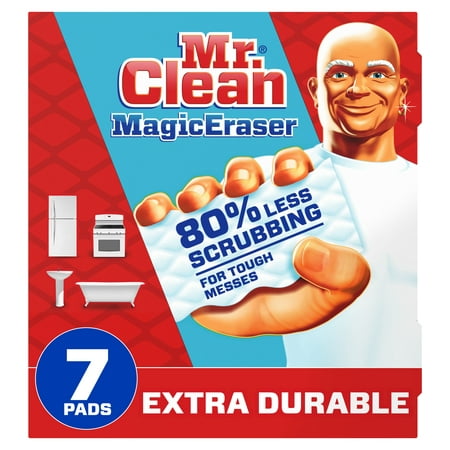How to remove scuff marks from walls – 5 tricks for different wall-coverings
Removing scuff marks doesn’t mean redecorating, here’s how cleaners do it


No matter how careful we are in our homes, scuff marks are inevitable, mucking up our paintwork and damaging our baseboards.
While it might seem like redecorating is the only option, professional cleaners have developed some simple cleaning tips to get rid of scuff marks without damaging our decoration.
Here, they share the x best approaches to removing scuff marks from walls to keep your home looking freshly decorating even years down the line.
How to remove scuff marks from walls
Cleaning walls is easy, but your approach will depend on your paint or wallpaper type, experts say. Some paint finishes are more robust than others and will stand up to harsher scrubbing, for instance.
With that in mind, here’s how to remove scuff marks without damage.
1. Use water for flat paint
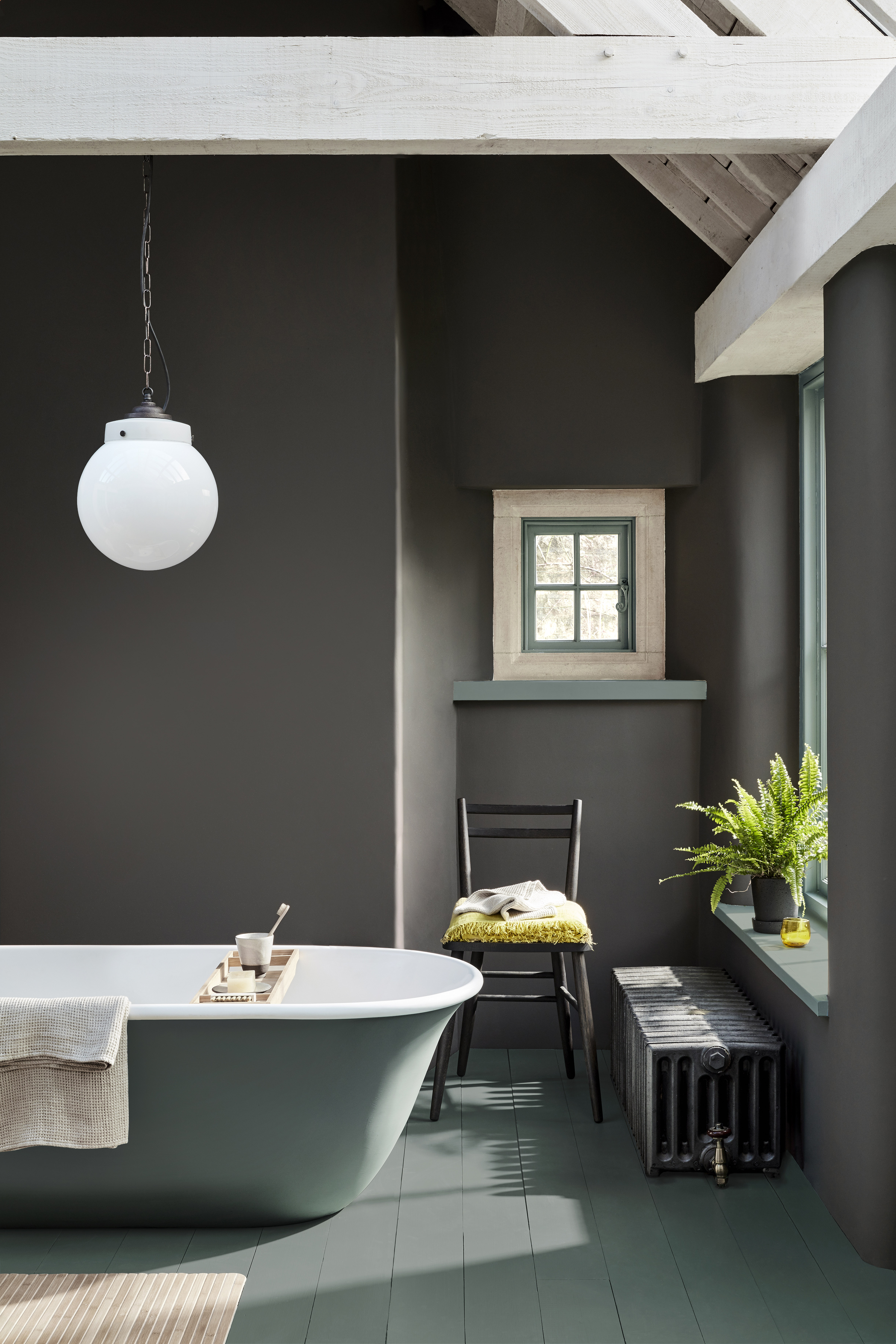
When cleaning flat paint walls, often plain water is best. This paint is the most sculptable to scuffs, meaning too aggressive of a removal process will only make it worse, begins Katie Dills, cleaning expert, and brand president at The Cleaning Authority. She recommends using a damp microfiber cloth to apply the gentlest pressure, wiping the surface in a circular motion. Then, allow the surface to air dry.
‘Pro tip: only ever dampen the cloth; never spray the wall with water directly,’ she adds.
Design expertise in your inbox – from inspiring decorating ideas and beautiful celebrity homes to practical gardening advice and shopping round-ups.
2. Try soap for semi-gloss and gloss
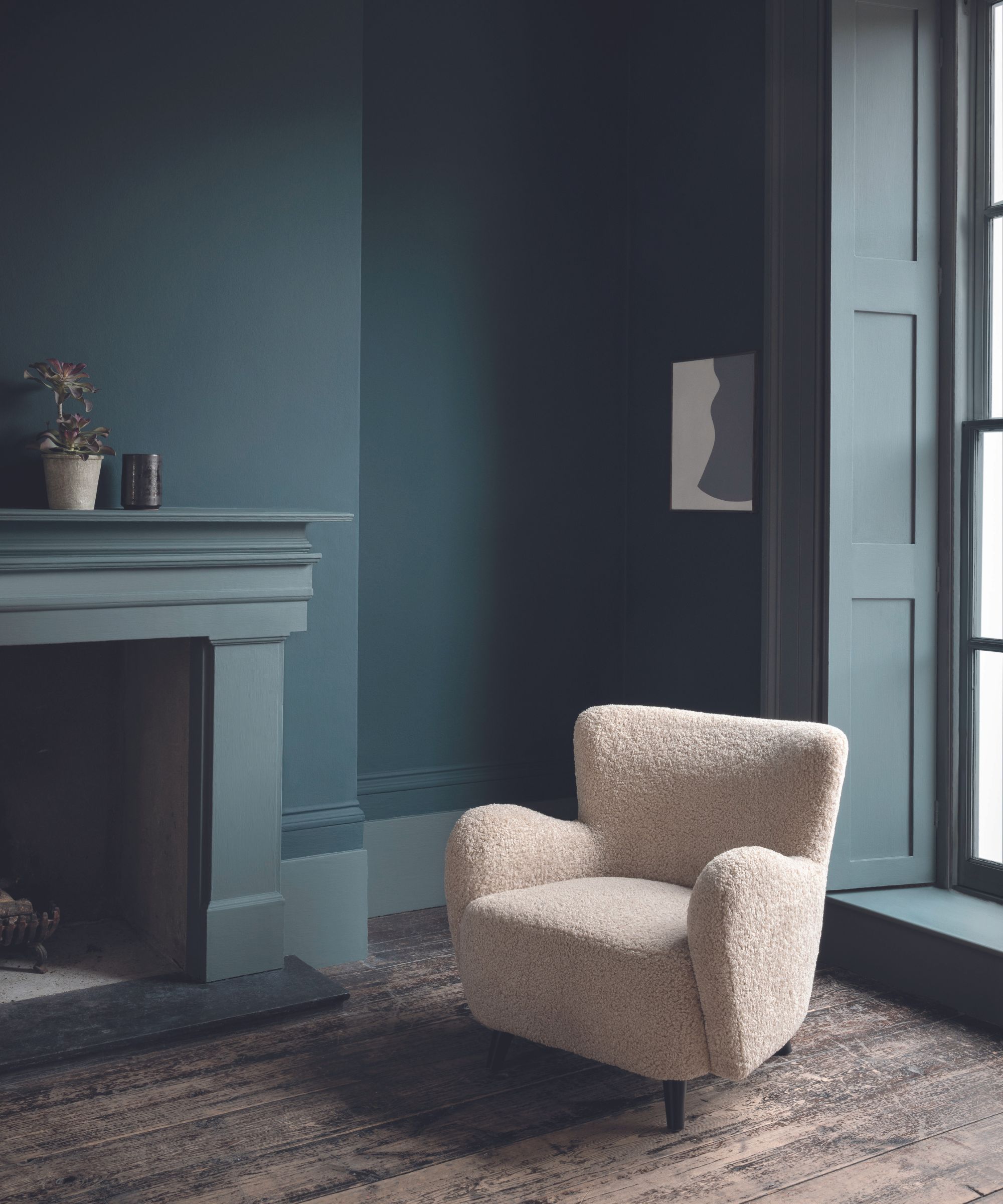
Semi-gloss or gloss paint is a lot more durable and is one of the things you can clean with Dawn powerwash, Katie Dills, cleaning expert, continues. Mix up some soapy, warm water and dip your clean microfiber cloth in, writing it out to remove most of the moisture.
‘Then, using a circular pattern, wipe the surface with very little pressure. Rinse out the cloth after every few feet of cleaning. To remove any lingering soapy residue, spritz a second cloth with plain water, then move your hand across the wall with the rinse towel.
‘Don’t skip the rinsing step,’ she urges, ‘as leaving cleaning solution behind attracts dust and dirt quickly.'
3. Opt for vinegar for oil-based paint
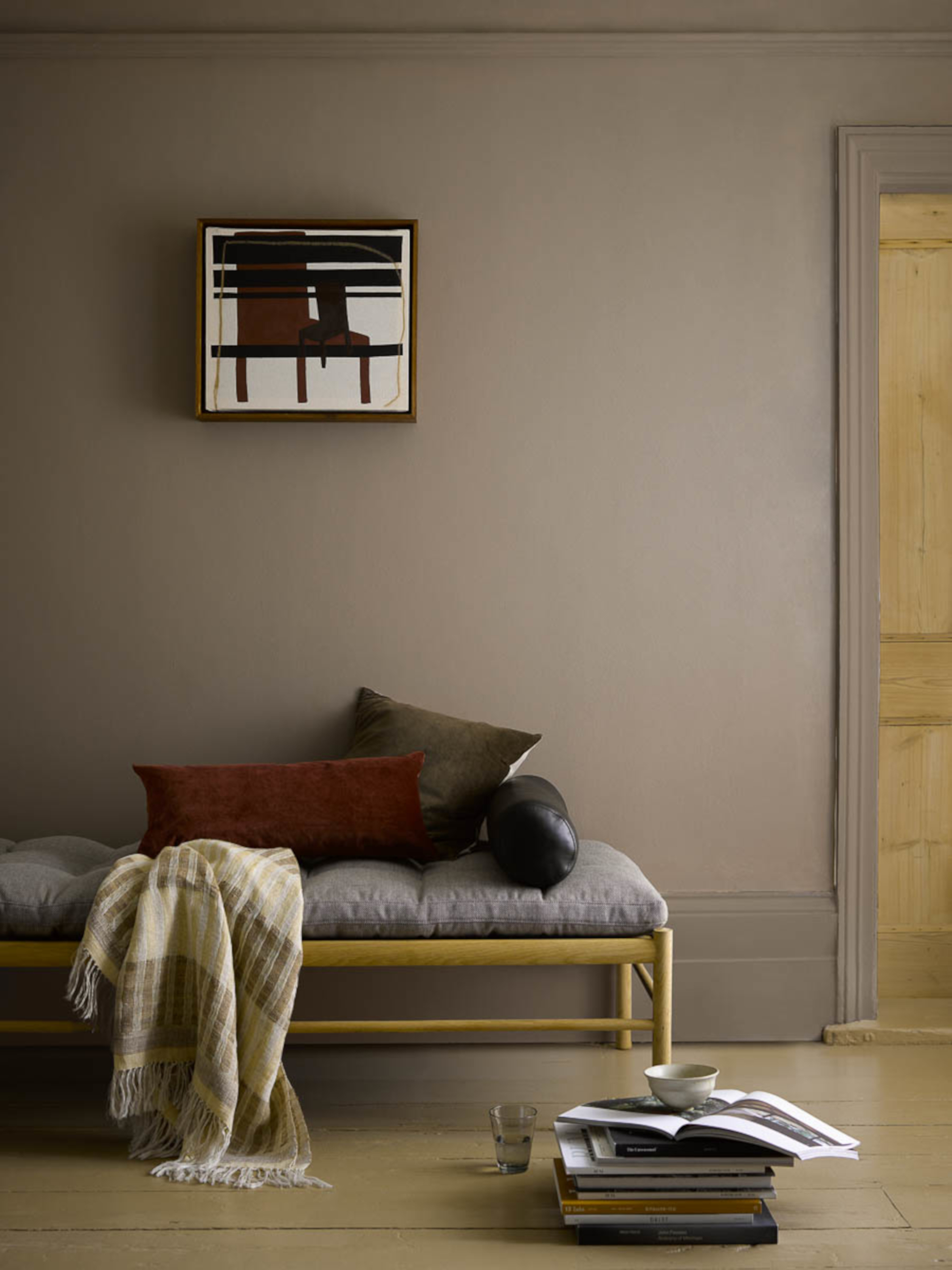
Cleaning with vinegar is a great way to remove scuff marks from walls, but is best reserved for tough paints such as oil-based paints typically used for trims and baseboards, says Katie Dills, cleaning expert.
‘Combine a quart of lukewarm tap water, a few drops of dish liquid, and a tablespoon of vinegar in one container. Fill another with tap water for rinsing. Dip a microfiber cloth in the cleaning solution and wring it out well before lightly buffing the scuff mark in a circular pattern and wiping down the walls. Give the walls a rinse with the second towel dipped in plain water and wrung out very well.
‘Be sure not to wet areas around outlets, light switches, or telephone jacks,’ Katie warns. ‘When addressing those spots, turn off the electricity at the circuit breaker box.'
4. Use baby wipes for wallpaper
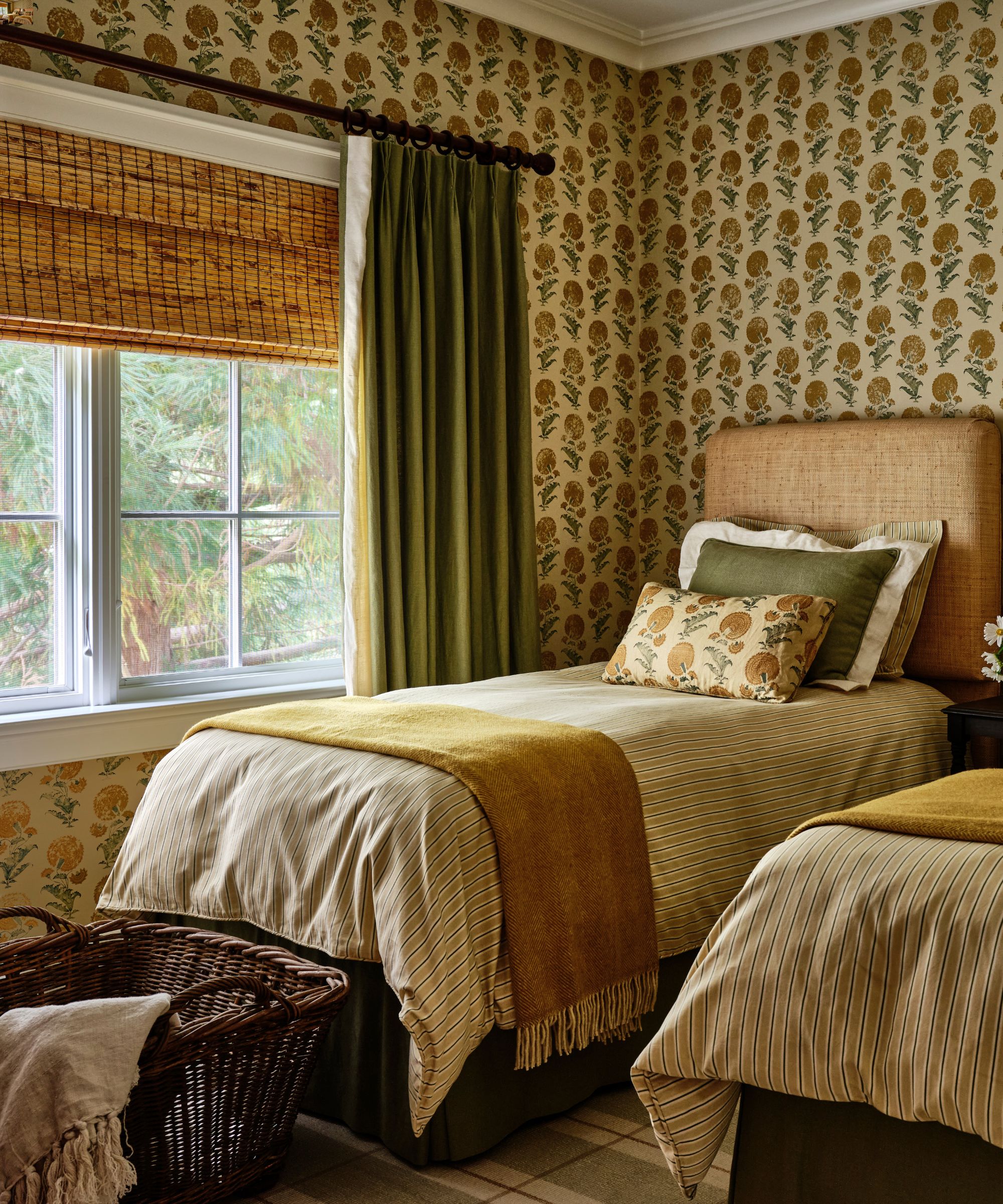
Dealing with scuffs on wallpaper is a lot more difficult, as it is more prone to damage and tearing. For this reason, Jade Piper, professional cleaner and operations manager at BetterCleans, suggests only using baby wipes to try and remove the majority of the visible marks:
‘This trick is perfect even on wallpaper. Wipe in the same circular motion and if the scuff mark is really tough, repeat the process with a fresh wipe rather than using excessive pressure.
‘It’s better to use something that’s alcohol-free and unscented like Pampers Sensitive Baby Wipes from Walmart,’ she adds.
Generally speaking, it is best to research the places you should never wallpaper for a low-maintenance home before decorating to avoid having to clean scuff marks later down the line.
5. Fall back on a magic eraser

When you have tough scuff marks on walls that other methods have failed to remove, you can turn to cleaning with Magic Erasers. These are a tougher cleaning method that can result in damage if you are not careful, however. ‘It's usually safe for most surfaces, but try it on a small, hidden spot first to be sure,’ suggests Lina DaSilva, professional cleaner and founder of Toronto Shine Cleaning. ‘The mild abrasive action helps lift those marks without damaging the finish.’
Prevention is always better than the cure, so consider ways you can prevent scuff marks on high-traffic walls. This could be adding in wall decor or panelling to prevent paint from being damaged, for instance, or placing furniture close to walls to keep people away from them and prevent scuffs. Installing taller baseboards can also help, painting them with a tougher paint that is more difficult to mark and easier to clean.

Chiana has been at Homes & Gardens for two years and is our resident 'queen' of non-toxic living. She spends most of her time producing content for the Solved section of the website, helping readers get the most out of their homes through clever decluttering, cleaning, and tidying tips. She was named one of Fixr's top home improvement journalists in 2024.
